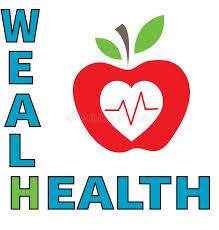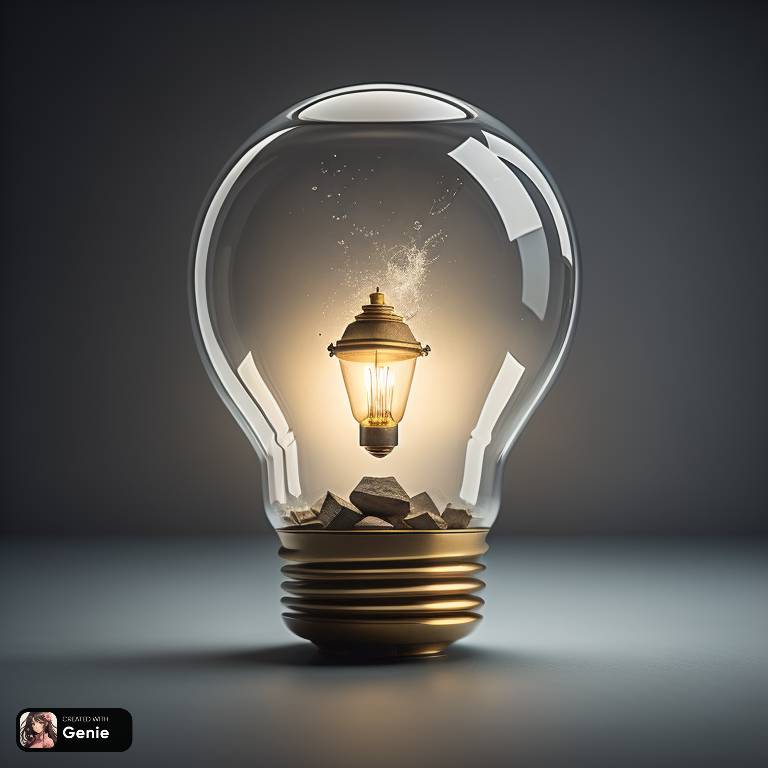Here are 20 Integrated Science SHS (Senior High School) questions with answers based on the WAEC (West African Examinations Council) standard. Please note that the answers provided are in a separate section following the questions.
Questions:
1. What is the SI unit for temperature?
2. What is the function of the mitochondria in a cell?
3. What is the main type of energy stored in fossil fuels?
4. State Boyle's law.
5. What is the function of the lens in the human eye?
6. Which gas is responsible for the depletion of the ozone layer?
7. Explain how a lever works.
8. What causes tides on Earth?
9. What is the purpose of a catalyst in a chemical reaction?
10. Describe the process of photosynthesis.
11. What is the role of red blood cells in the human body?
12. What is the difference between an atom and an ion?
13. How does the pH scale indicate the acidity or alkalinity of a substance?
14. What is Ohm's law?
15. What are the three states of matter?
16. What factors affect the rate of a chemical reaction?
17. Describe the process of cell division.
18. What is the greenhouse effect and its impact on global warming?
19. Explain the concept of electric current.
20. What is a renewable source of energy?
Answers:
1. The SI unit for temperature is Kelvin (K).
2. The mitochondria function as the powerhouses of the cell, producing energy in the form of ATP.
3. Fossil fuels primarily store chemical energy.
4. Boyle's law states that the volume of a given amount of gas is inversely proportional to its pressure at a constant temperature.
5. The lens in the human eye helps to focus incoming light onto the retina, allowing for clear vision.
6. Chlorofluorocarbons (CFCs) are responsible for the depletion of the ozone layer.
7. A lever works by leveraging a fulcrum point to amplify or redirect the force applied to it.
8. Tides on Earth are primarily caused by the gravitational pull of the Moon and the Sun.
9. A catalyst speeds up a chemical reaction without being consumed itself.
10. Photosynthesis is the process by which green plants convert sunlight, carbon dioxide, and water into glucose and oxygen.
11. Red blood cells transport oxygen from the lungs to the body's tissues.
12. An atom is a neutral particle consisting of protons, neutrons, and electrons, while an ion has a positive or negative charge due to the loss or gain of electrons.
13. The pH scale indicates the acidity or alkali...Read more


